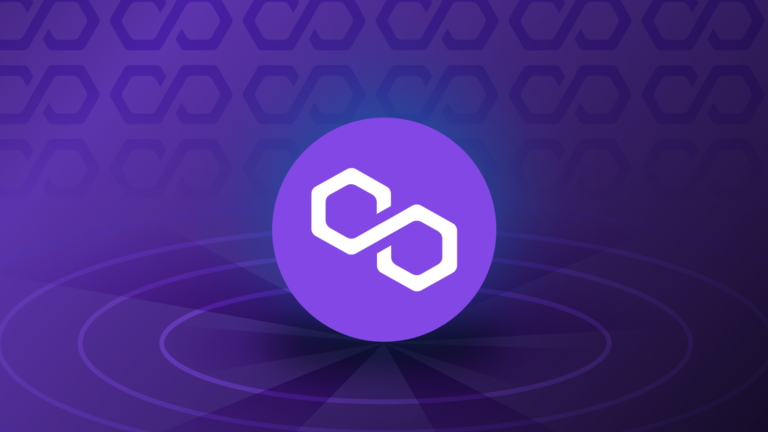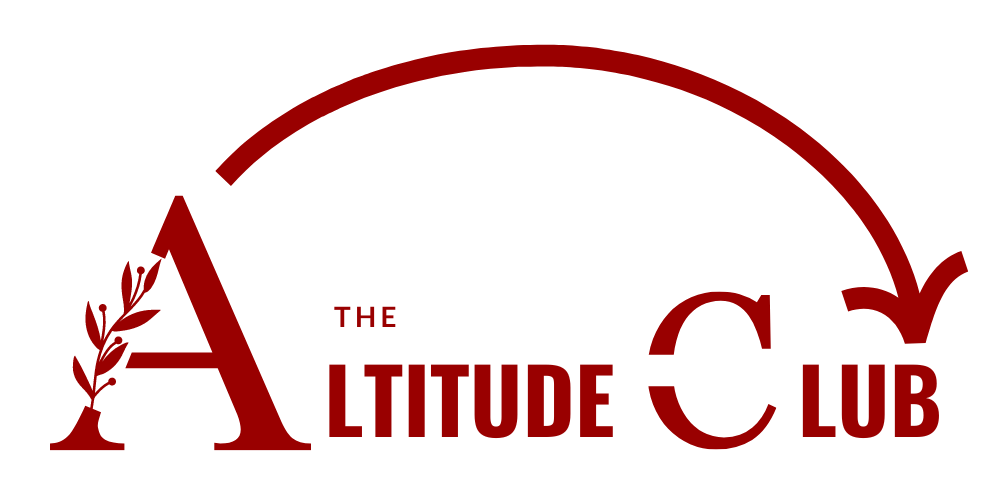Finance
What is the Polygon Blockchain?
The Polygon blockchain, formerly known as Matic Network, is a decentralized platform that aims to improve the scalability and usability of the Ethereum blockchain.
January 27th, 2023

The Polygon blockchain, formerly known as Matic Network, is a decentralized platform that aims to improve the scalability and usability of the Ethereum blockchain. It was founded in 2017 by three individuals, namely Sandeep Nailwal, Jaynti Kanani, and Anurag Arjun.
Scalability of Polygon
Polygon utilizes a unique multi-chain architecture, which allows for the creation of multiple independent sidechains that can operate in parallel to the Ethereum mainchain. This allows for increased scalability and faster transaction speeds, as well as lower transaction costs.
Proof of Stake
The Polygon network utilizes a Proof of Stake (PoS) consensus mechanism, which allows for more energy-efficient and decentralized network management. It also incorporates a system of validators, who are responsible for maintaining the integrity of the network and validating transactions.
Compatability with Ethereum
One of the key features of the Polygon network is its compatibility with the Ethereum ecosystem. This allows developers to easily migrate their existing dApps and smart contracts from Ethereum to Polygon, thereby taking advantage of the enhanced scalability and lower transaction costs offered by the Polygon network.
MATIC Token
The MATIC token is a utility token that is used to pay for network fees on the Polygon blockchain, as well as to participate in the governance of the network. The token can also be used to access different services and dapps built on the Polygon network. The token economics of MATIC is based on a fixed total supply of 10 billion tokens, which were distributed in the token sale and through mining rewards. The token has a deflationary economics model, which means that the token supply decreases over time. This is achieved through a process called “Staking and Burning” where token holders can stake their tokens to participate in network validation and earn mining rewards. But, a percentage of the mining rewards are burned, reducing the total token supply. This mechanism creates an incentive for token holders to stake and validate transactions on the network, while also maintaining a balance between token supply and demand. As the network grows and more transactions take place, the value of the token is expected to increase.
The Growth of Polygon
The Polygon team has been actively working on the development and promotion of the Polygon blockchain since its inception. They have been successful in bringing various projects on the Polygon blockchain, with more than 40 projects now live on the network.
In 2021, the Polygon blockchain experienced significant growth in terms of usage, adoption and market capitalization. This growth was driven by the increasing demand for decentralized finance (DeFi) and non-fungible token (NFT) projects on the Ethereum network, which have put pressure on the Ethereum blockchain’s scalability. Many of these projects have chosen to migrate to the Polygon network as a solution to Ethereum’s scalability issues. The Polygon team has also been actively working on partnerships and collaborations with various companies and organizations in the blockchain and cryptocurrency space. This has helped to increase the visibility and adoption of the Polygon network.
Major Milestones in 2021
In 2021 Polygon has reached a significant milestone by being listed on major exchanges, such as Binance and Huobi, which has increased its liquidity and exposure in the crypto market. The Polygon blockchain has also been gaining recognition within the crypto community as a strong player in the scaling solutions space and has been compared to projects like Ethereum 2.0 and Avalanche.
Conclusion
In conclusion, the Polygon blockchain, also known as the Matic Network, is a layer 2 scaling solution for Ethereum that aims to improve the scalability and speed of the Ethereum network by providing an additional layer of transactions that are executed off-chain. This allows for faster and cheaper transactions than on the Ethereum mainchain. The Polygon blockchain is also an open-source, decentralized and community-driven project, which is supported by a team of experienced founders and developers. The Polygon blockchain and its MATIC token have gained significant popularity in the crypto community and has been adopted by a wide range of decentralized applications, making it one of the most promising blockchain projects in the industry.

